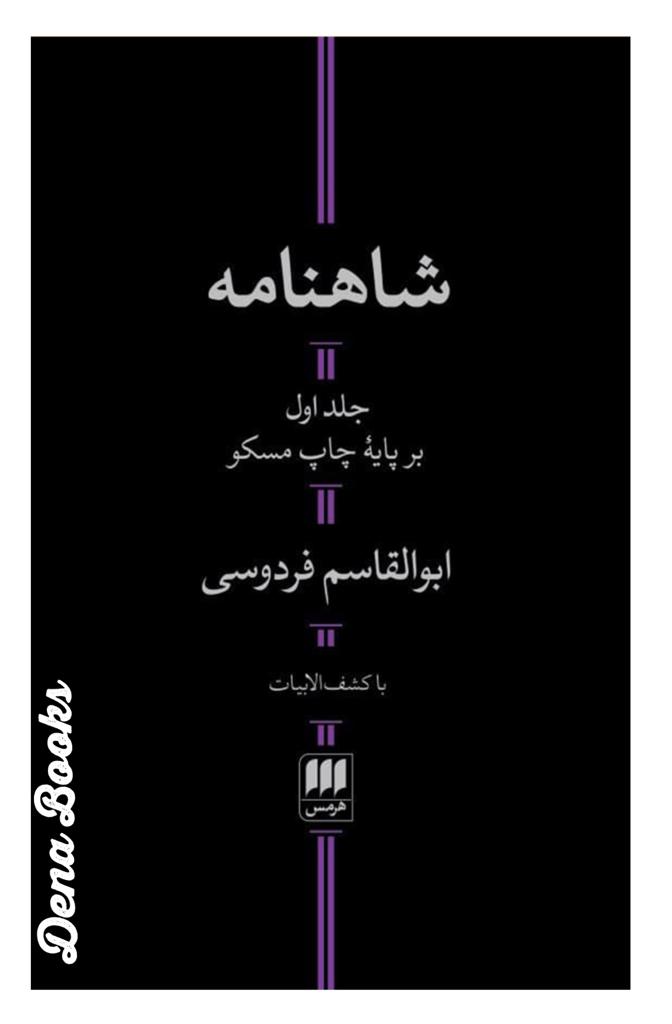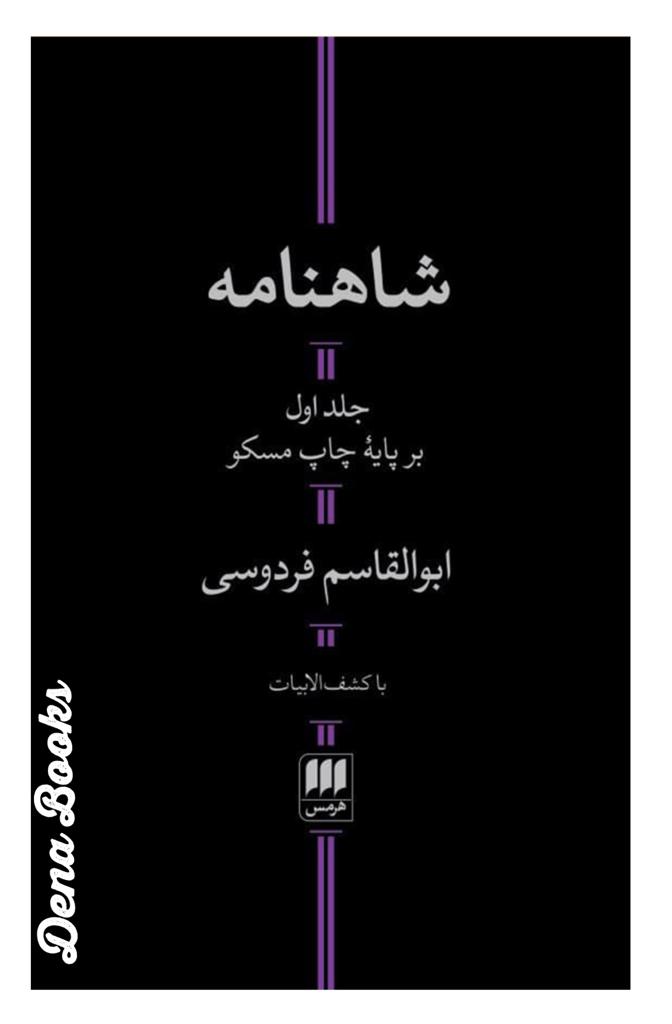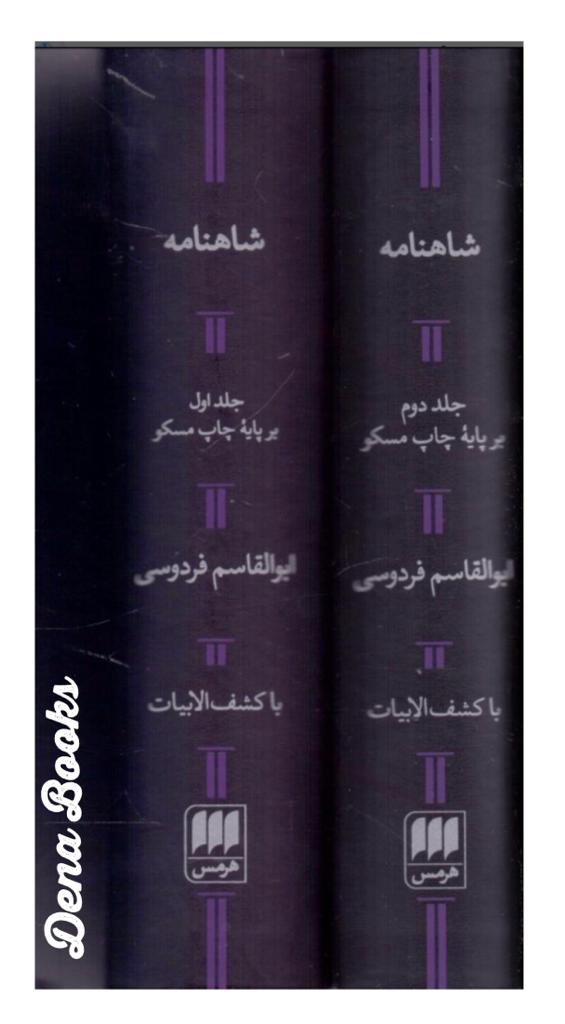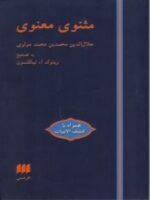شاهنامه (مجموعه دو جلدی
چاپ حاضر از «شاهنامه» بر پایه «شاهنامه چاپ مسکو» – که از دقیق ترین ومعتبرترین چاپ های این کتاب است – و بر روی «کاغذ انجیلی»– کاغذ ظریف و محکمی که کتاب مقدس انجیل روی آن چاپ می شده – به شکلی نفیس همراه با کشف الابیات صورت گرفته است. مزیت این چاپ، کیفیت خوب آن و حجم اندکش است؛ به گونه ای که می توان کتاب را به راحتی در دست گرفت، خواند و اینجا وآنجا برد .
The Shahnameh (“Book of Kings”, composed 977-1010 CE) is a medieval epic written by the poet Abolqasem Ferdowsi (l. c. 940-1020 CE) in order to preserve the myths, legends, history, language, and culture of ancient Persia. It is the longest work by a single author in world literature at a length of 50,000 rhymed couplets, 62 stories, and 990 chapters.
The book relates some of the most famous stories from Persian myth, legend, and history. It was originally commissioned by Mansur I (r. 961-976 CE) of the Samanid Dynasty (819-999 CE), which encouraged the development of Persian literature, and was begun by the poet Daqiqi (l. c. 935-977 CE) who died after writing the beginning. It was completed by Ferdowsi under the Ghaznavid Dynasty (977-1186 CE) which was less enthusiastic but still expressed an interest in the subject.
The work covers the entire history of ancient Persia from the creation of the world to the Muslim Arab conquest of 651 CE which toppled the Sassanian Empire (224-651 CE), the last great Persian Empire of antiquity. The conquest devastated the ancient Persian culture and threatened to completely annihilate it under the Umayyad Caliphate (651-750 CE), but when the Abbasid Caliphate (750-1258 CE) overthrew the Umayyads, Persian culture was again valued and the development of Persian literature and art was encouraged.







